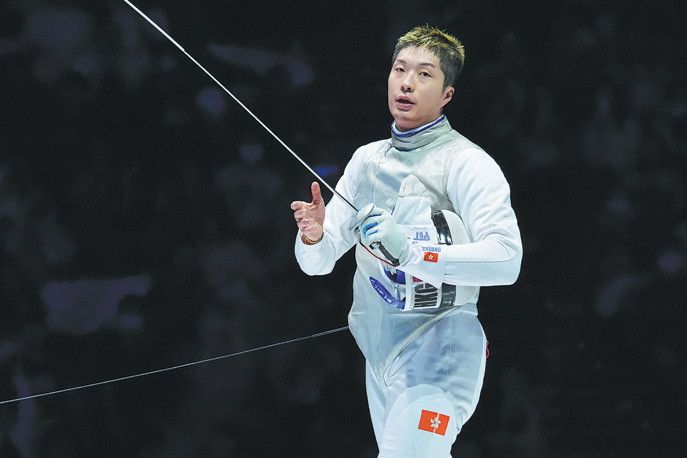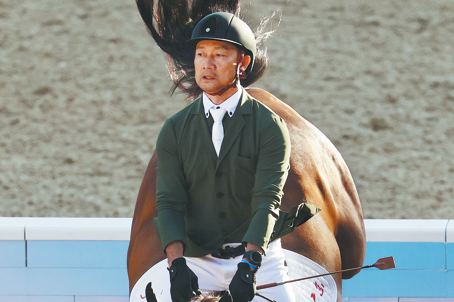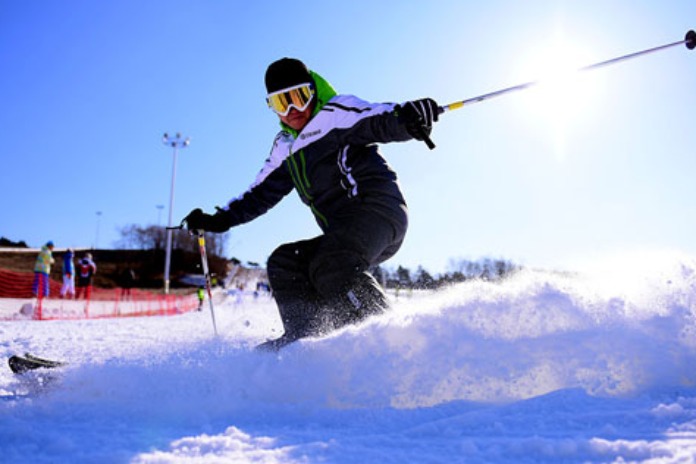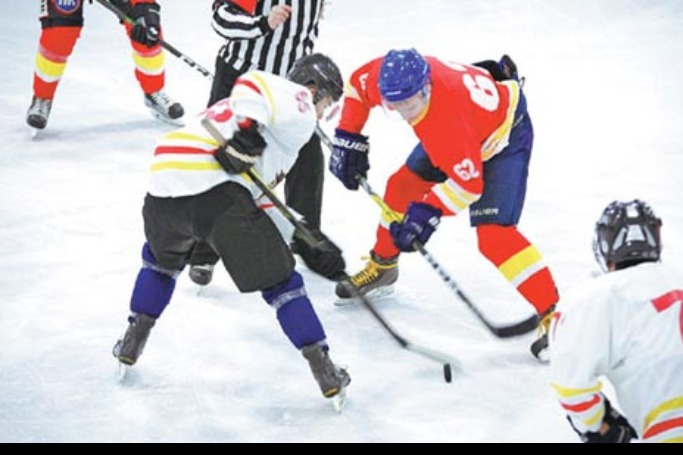NASCAR cuts speeds in wake of Newman crash


Ryan Newman's horrific crash on the final lap of February's Daytona 500 has prompted more changes to NASCAR's safety protocols.
NASCAR said on the weekend that revised rules designed to improve safety and competition at superspeedways will limit engine strength by an additional 35-40 horsepower.
NASCAR announced rules updates for superspeedway events on May 1, introducing safety enhancements with the addition of two roll bars and competition changes intended to slow the cars, including the elimination of aero ducts and a reduction in the size of the throttle body.
Officials indicated that many of the changes were a result of the investigation of Newman's crash, in which the 42-year-old sustained a bruised brain and other serious injuries when his car was rear-ended at 190 mph (306 kph), causing it to be lifted off the track, spin upside down and smash into the wall.
The car landed on its roof and slid down the track, coming to rest beyond the exit of pit road.
"I think obviously when we go to superspeedways, what we do is inherently dangerous," said NASCAR senior director of safety John Patalak. "Stopping a wreck from happening would be pretty difficult. I would say that slowing the cars down surely should and will help from an aero liftoff standpoint.
"I would say our findings from the Newman crash, his liftoff was not due to an aero event but from him getting into the wall. The idea there is reducing the speeds of the car, slowing them down.
"We would expect speeds under the 200 mph (322 kph) barrier here. So from that standpoint slowing the cars down, keep from having as violent wrecks.
"I mean, when the checkered flag is out for the Daytona 500, for any of our races for that matter, the opportunity for accidents is high. I think the changes that we've put forward ensure that once a chain of events like that are set into motion, we have all the safety mechanisms in place to mitigate negative outcomes."
Superspeedway races have become increasingly crash-ridden in recent years, with the closing rate and momentum for challenging cars with an aerodynamic push becoming too great for leading cars to easily avoid.
The rule changes are expected to shave horsepower figures from the 550 target at multiple tracks to around 510.
NASCAR said an evolution of safety changes through the years kept Newman from being more seriously injured after his car was hit by Corey LaJoie's Ford.
In the 2013 debut of the Gen-6 car, NASCAR added more roll bars, a laminate windshield and a new window net-mounting structure. Two years later, seat-belt improvements were introduced, and in 2016 an enhanced vehicle chassis made its debut at superspeedways before full deployment the following year.
"When you really look at the two vehicles, how they interacted, the severity and the orientation of it all put together, those things really stood out as highlights to the outcome that we had," Patalak said of Newman's crash.
Newman, who has a degree in engineering, agreed, adding: "NASCAR has done a great job in keeping up to speed with safety issues. From the tracks to the safety personnel, the drivers inside the cars, the cockpits and the containment seats we have.
"So many levels of things have happened in the last 20 years that I've been a part of the sport that helped me be able to sit here today."






























